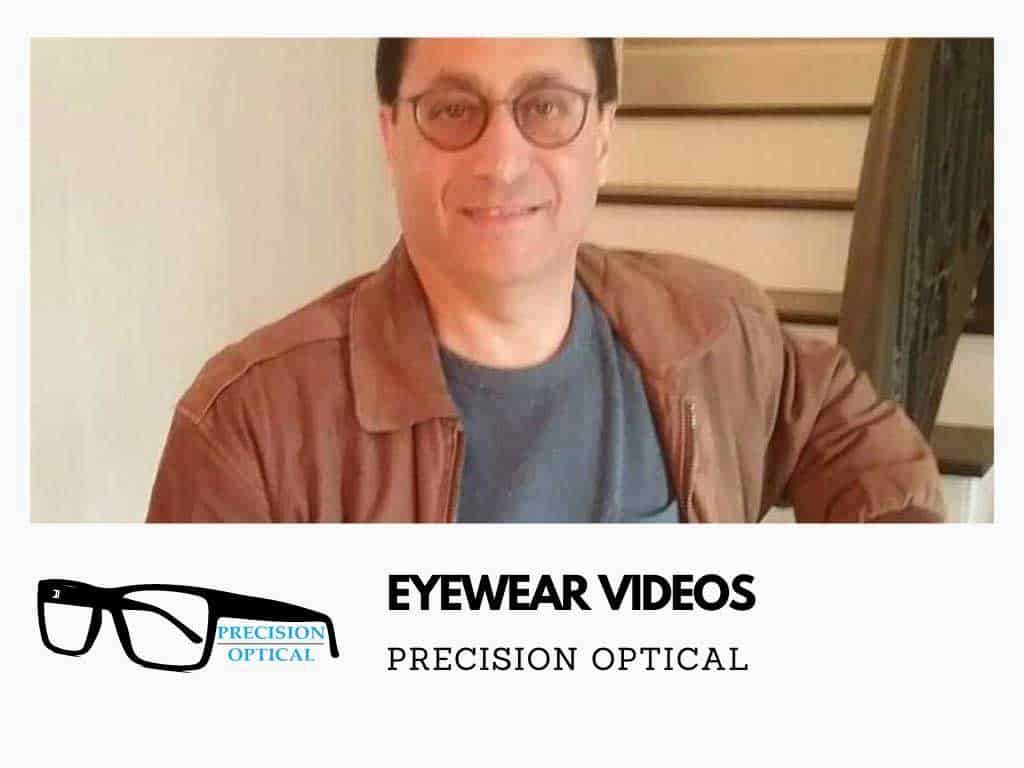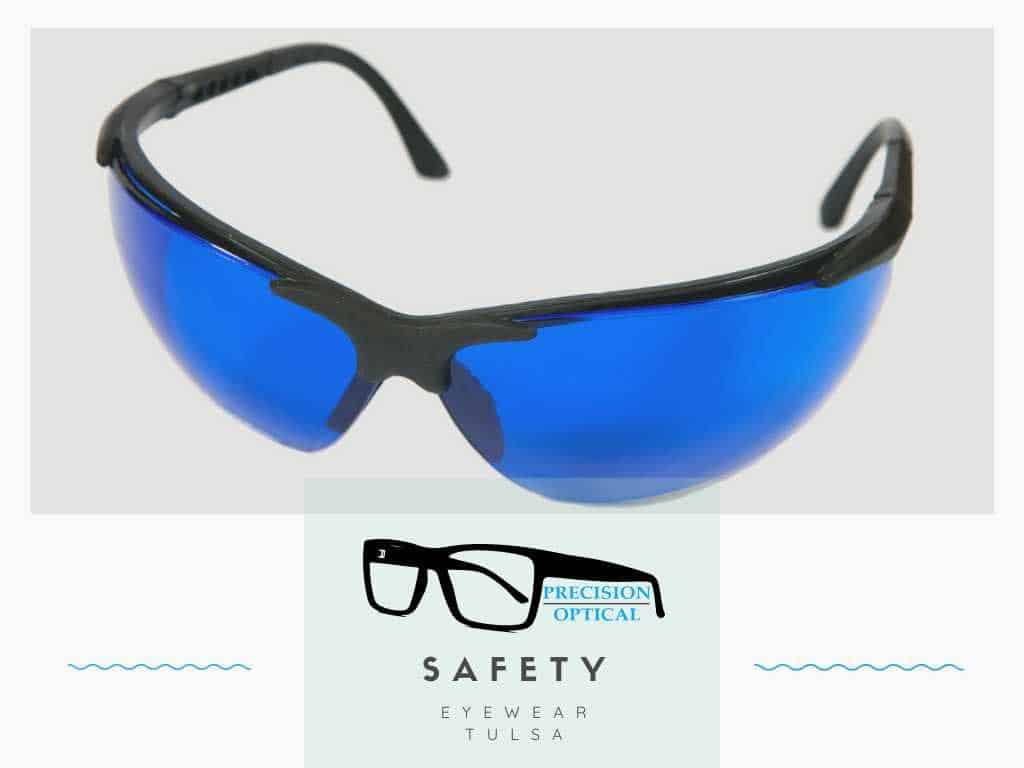Presbyopia topics we cover in this article:
- What are the Causes of Presbyopia?
- What are the Symptoms of Presbyopia?
- Presbyopia Treatment Options
Maybe you’ve lived your whole life with perfect vision, and perhaps you have not. As you’ve aged, though, have your eyes had any difficulty focusing on near objects? Is reading a text message a chore compared to how it was a few years ago? Has small print become harder to read than usual? If you are 40 or older, you’ve probably noticed the symptoms of presbyopia affecting you.
The symptoms might strike you as being similar to farsightedness, and it’s true. Both of these disorders will make seeing near objects difficult, possibly leading to eyestrain and headaches. Unfortunately, unlike farsightedness, presbyopia is a normal part of aging. It is inescapable. Even people who have myopia (nearsightedness) will develop presbyopia as time goes on, and not even their corrective lenses will be of any help. It’s estimated that over 120 million Americans are affected by this eye condition.
This change is a natural part of how our eyes change over the years, but it can be a troubling reminder that we are getting older. Today, we’ll discuss the causes of presbyopia, the common symptoms, as well as some possible treatment options.

What are the Causes of Presbyopia?
While other eye conditions, such as farsightedness and nearsightedness, are generally believed to be caused by genetic factors, presbyopia is a disorder that only occurs with age. Furthermore, nearsightedness and farsightedness are caused by improperly focused light due to the eye being too long from front to back. The latter is a result of your eye’s lens stiffening.
When you are young, the lens has more elasticity, but as you grow older, the proteins change, and the lens becomes hard. Also, the ciliary muscles become tenser. As a result of both of these, your eye can no longer focus on near objects as it could in your younger days.
What are the Symptoms of Presbyopia?
Many people who become presbyopic develop their own strategies for seeing near objects, despite the difficulty. For example, they might hold a book or their phone further away from their face than usual. For a time, this will help them see clearer, but it comes with a drawback. Trying to read something at a distance will make the text appear smaller, and you’ll still need to strain your eyes to see it. Once you reach 65, which is when the symptoms usually worsen, this strategy might not work.
Presbyopia affects people differently, so some people might still see objects up close without much difficulty. This still means they will need to strain their eyes to see and suffer from headaches or even visual fatigue. Reading will become an uncomfortable, tiring task instead of an enjoyable activity it used to be. Broken Arrow Eye Glasses>
Presbyopia Treatment Options
Whenever you make an eye exam appointment with a Tulsa optometrist, they can diagnose you with presbyopia. From there, you have a few treatment options available. If you prefer wearing glasses, a pair of reading glasses, bifocals, or progressive lenses should help you. Otherwise, you can consult your eye doctor to see if multifocal contact lenses or eye surgery are right for you.




